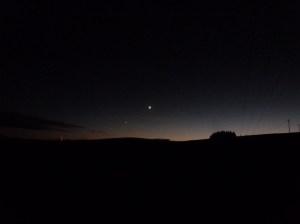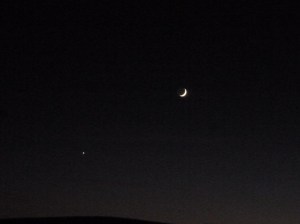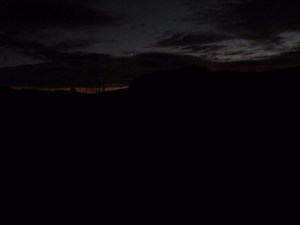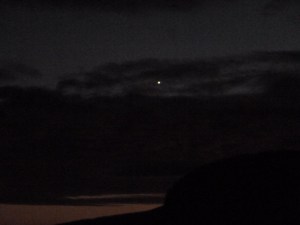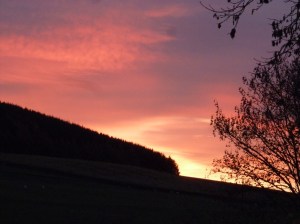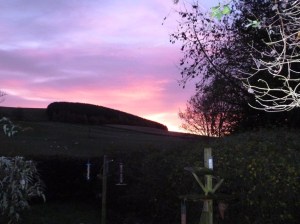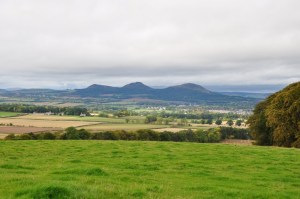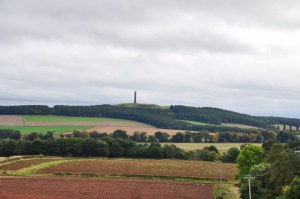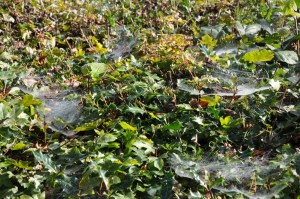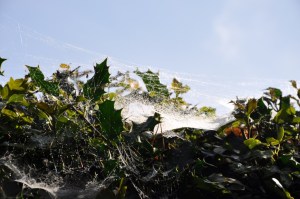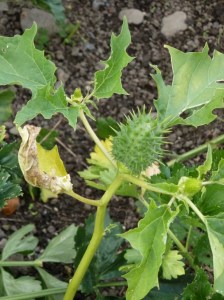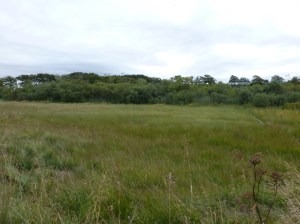It has been sometime since last I wrote as I’ve had one of the largest doses of writers block possible. Paper notes seem to have been easy to do, but get me in front of a keyboard and everything would seize up. So now some miles down the road and way behind the times, I’ve now got no idea what bits to write about and which to leave out; which to combine to make single entries and which to make individual events by themselves. Or whether just to abandon all these notes from the past and begin again with the present. Currently as I’m recovering from an operation I’ll have some fun with at least some of the notes from the past, whatever this will be an adventure for all of us and if nothing else I hope that the outcome is interesting and enjoyable.
Heading back to last December this entry comes from the 21 December 2013 and possibly a most suitable topic for what was the first day of winter as it covers the subject of snow.
Standing looking out the door on the evening of this first day of winter, and looking at the recent arrival of snow it seemed a suitable way to welcome the new season in. On this evening it quickly covered the darkened landscape with a soft blanket. It gently rubbed out the limited humps and bumps that showed in the light of the open door and at least temporarily covered the sad remains of last summers vegetation. The snow on this night was perfect for this task. The flakes were large and wet, almost clumping together into large globules as it fell from the sky, but even with this clumpy nature they still managed to float slowly down through the atmosphere, like downy feathers caught on odd currents of air. The snow flakes as they approached the ground then grabbed hold of and coat any available surface.
The twisted branches of the Contorted Hazel made a perfect surface to be coated and soon formed a sort of weird and wonderful modern snow sculpture of twisting columns. While the remaining leaves that still clung to the Buddleja produced large flat surfaces that soon became platelets of snow that slowly drooped under the additional weight, and formed miniature avalanches as the snow lost traction and slid off.
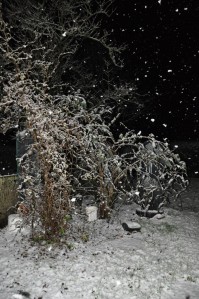 Strange Sculptures – 21 December 2013 (Copyright Carol Jones)
Strange Sculptures – 21 December 2013 (Copyright Carol Jones)
As these large flakes floated slowly down through the sky and blanket the surrounding world, the thought that came to mind that this could be the beginning of a long cold white coated winter. Obviously though the weather had other ideas for this blanket of snow was not to last any longer than a single night for by the morning all was gone and the scene was just a sodden damp affair. At least here, this was the only snow of the winter, just once in a while I would hear rumours of this white stuff on higher hills in the Scottish Borders, but for this low level valley the rest of the winter was remarkably warm, with even heavy frosts countable on the fingers of a single hand.
